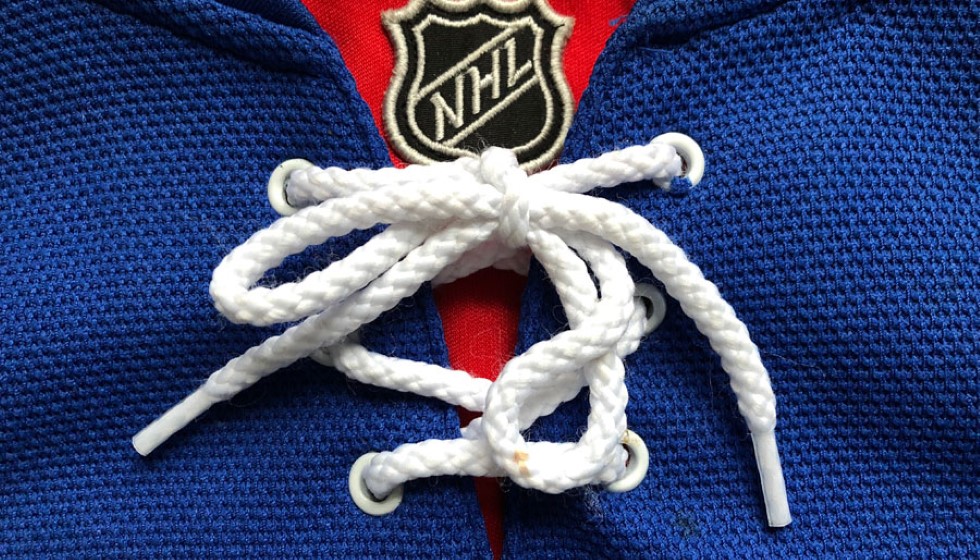
In a recent face-off between the Toronto Maple Leafs and the New York Rangers, rookies Ryan Reaves and Matt Rempe found themselves at the center of attention. Rempe, in particular, stands out not just for his towering 6-foot-7-inch frame and 240-pound weight, but also for his role on the ice that harks back to a traditional yet increasingly scrutinized aspect of hockey: the enforcer.
The Role of the Enforcer
In his initial seven games, Rempe has already made his mark with one score, one assist, and a significant 37 minutes spent in the penalty box—surpassing his actual gameplay time by five minutes. This penalty time is reflective of Rempe's role as what many term an "enforcer," a player known for physical play and fighting, ostensibly to protect teammates and maintain a certain level of respect on the ice.
However, the discussion around the role of enforcers has become more complex and contentious, especially in light of the tragic deaths of Derek Boogaard, Wade Belak, and Rick Rypien in 2011. These incidents have opened up a broader conversation about the long-term effects of fighting in hockey, including research connecting it to Chronic Traumatic Encephalopathy (CTE). Despite this, NHL Commissioner Gary Bettman has expressed skepticism about linking hockey fights directly to CTE, a stance that continues to fuel debate within the sports community.
The Evolving Game
As analytics begin to dominate strategy within the NHL, the archetype of the enforcer struggles to find a place. Traditionally, enforcers were not known for their scoring prowess or skating skills but rather for their ability to throw punches and intimidate. However, as the league shifts towards a faster, more skill-oriented game, the need for such a role diminishes. This evolution aligns with hockey's broader goal of becoming more inclusive, as evidenced by the decrease in fighting and the emphasis on speed and strategy.
Yet, fighting still has its proponents who argue it's part of hockey's unwritten "code," serving as a self-policing mechanism that ensures the game's fairness and safety. Despite this view, the modern game's shift has made fights less common, resulting in a more engaging and dynamic sport that appeals to a wider audience.
Culture and Controversy
The NHL's cultural impact was evident during the All-Star break in Florida, becoming a battleground of sorts when a career fair post on the NHL's LinkedIn page drew criticism from Florida Governor Ron DeSantis. The governor's office stated it does not support discrimination in any form, highlighting the ideological rifts that can intersect with sports.
Within this context, players like Rempe, who adhere to the "old-school" mindset of hockey, can become focal points for larger debates. On one hand, enforcers are seen by some as key to maintaining order on the ice, ensuring that the game remains safe by deterring dangerous plays. On the other, their role and the physical risks associated with it, including fights, are increasingly seen as anachronistic in modern hockey.
Public Perception and the Future of Enforcers
When analyzing Rempe's actions and the broader discourse on enforcers in the NHL, it's paramount to consider how public perception and the industry's direction are shifting. Paul Bissonnette, speaking on TNT's NHL panel, praised Rempe for adhering to an "old-school" approach, highlighting a lingering appreciation for the enforcer's role among some fans and commentators. This appreciation, however, is juxtaposed with the healthcare concerns and the evolving style of play that prioritizes agility and technique over brute strength.
The enforcer, as a role, occupies a complex space within hockey culture. It is emblematic of a bygone era to some and a necessary element of the sport to others. As the NHL continues to evolve, the conversation around enforcers like Rempe will likely intensify, reflecting broader shifts in societal attitudes towards sports, health, and entertainment. The legacy of the enforcer is not only about the fights and penalty minutes but also about the ongoing dialogue on the place of tradition in a rapidly changing game.